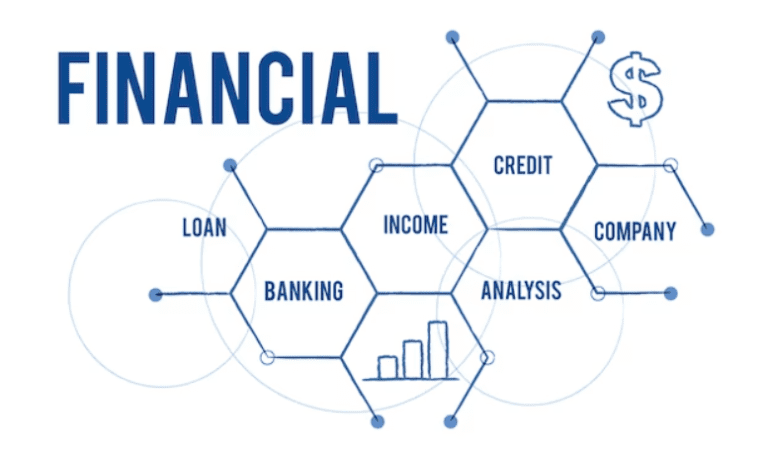Breaking Myths About Compliance & Licenses For Financial Services
Licensees often fail to report payments accurately in their license agreements. This is sometimes the result of willful under-reporting, gaps created by obsolete or manual systems, or simple human mistakes.
Considering the potentially substantial financial advantages to a licensor's organization, every business that receives rights or license fees should consider implementing such a model. Running across a few myths concerning license compliance audits is possible when doing this review.
With the context provided here, you may firmly debunk these myths and decide whether a license compliance program is acceptable for your business.
Do Compliance Officers play an important role in your company?#

On September 26th, we celebrate Compliance Officer Day, a holiday first observed in the United States in 2016 but has since spread worldwide.
Compliance Officers still have a negative stereotype as "fun police," and we often see the compliance department as a "business prevention unit." This is far from reality; on the contrary, compliance professionals are essential to the success of every financial institution, like cloud computing in financial services.
Many people believe in myths related to compliance, and licenses for any financial sector whether it is related to cloud computing for banking or any other platform.
License Compliance Program Myths#
1. License compliance programs reduce profit because they are costly and inefficient, in fact, it's totally opposite#
It is believed that audits take too long and cost too much. Hence this misconception persists. Many often assume compliance is counterproductive to a company's bottom line since it only generates revenue after some time.
This is particularly true when considering the expense of staffing a dedicated compliance unit. Companies' bottom lines have benefited greatly from the efforts of licensors who have collaborated with experienced businesses to design a license compliance program targeted to their business model and clientele.

Cloud computing in the banking sector is increasing day by day in the finance industry. However, ensuring compliance and data security in cloud-based systems is crucial to maintaining a company's reputation and avoiding regulatory penalties.
First and foremost, a company's ability to attract new customers depends on its reputation and compliance with industry standards.
Second, it is statistically shown that companies with established compliance cultures earn fewer regulatory penalties and fines. The failure of several financial institutions to adequately monitor their communications has resulted in fines of over USD 200 million in recent months.
Finally, a skilled compliance officer knows how to assess existing procedures and improve them by filling in loopholes or removing unnecessary steps. This allows higher-ups to make more informed judgments.
Also, you can implement cloud computing in the banking sector to run the system smoothly.
2. Although achieving full compliance is no easy task, there are a few things that can be done to make the process easier for organizations.#

There is a common misconception that achieving compliance is impossible, full of repetitive checklists, demanding standards, and extensive safety measures. A company's compliance activities, however, might be greatly eased by the tools it employs.
Cloud computing in finance has enabled companies in the finance industry to simplify compliance procedures and proactively detect risks and problems through the use of SaaS providers and central repository systems.
Financial companies often pay the most in fines and penalties from authorities when they manually manage procedures using spreadsheets or papers, which need periodic modifications and have inadequate reporting capabilities.
Every member of a regulated organization is responsible for fostering a culture of compliance. If the rest of the firm follows the rules, it will matter how many processes and procedures the Compliance Officer puts in place to prevent rule violations. The key to ensuring that businesses achieve full compliance is to embed a culture of compliance.
Cloud computing for banking has turned to various cloud technologies to help embed a culture of compliance and ensure full compliance with regulations.
3. The job of a compliance officer begins long before there is a problem in the organization.#
It may seem that a company is only paying more attention to compliance measures after it has been called out for wrongdoing and is attempting to rebuild its reputation via damage management. Yet, if this ever occurs at your company, it likely means compliance standards have yet to be addressed.
That's why most companies employ Compliance Officers in the first place; they work relentlessly to prevent problems before they ever arise. A Compliance Officer's ability to avoid public scrutiny is often equated with how quickly and thoroughly they implement effective policies and practices.
Various banks are adopting cloud computing in the banking sector. So compliance in the banking sector is a must to avoid public scrutiny and maintain a strong reputation.
4. Officers of compliance don't just answer with a "no" One of the most common words in their vocabulary is "yes."#
Many people falsely believe compliance teams are conditioned to reject new ideas and suggestions from other areas. It's also true that Compliance Officers have to be very strict, meticulous, and even suspicious at times because of the nature of their job. Cloud computing in the Financial sector requires such a person to maintain the integrity of the industry.
However, cloud computing technology has provided Compliance Officers with powerful tools to enhance their abilities.
Understandably, it might lead them to tell their employees to "try again" or "no." Yet, Compliance Officers are just as many team members as everyone else, and they have the same interest in the team's success as anyone else.
Although it may be part of their job to take a different tack on a procedure or issue than the rest of the firm, doing so on purpose will only slow things down. Relationships between departments may be severed as a result of this strategy.
That's why it's cause for excitement and a sure indication of progress whenever a business finds a way to implement a process or procedure that helps everyone involved and gets the support of the compliance department.
Cloud computing in finance also makes any institution reach its desired goals.
5. Compliance is only for large businesses#

Compliance is a necessity for every company dealing with money. Banks need to deal with money daily. Nowadays banks use technology like cloud computing. So, cloud computing in the Financial sector is increasingly popular.
There is no set annual income limit below which you would be exempt from compliance rules. Auditors from the state must check in with all licensees to ensure they're functioning by the rules.
The impact of a fine may be felt more acutely by a smaller firm than by a bigger one, depending on the size of the company and the number of non-compliant loans. It is common for businesses to employ a compliance officer whose job is to verify the firm is following all applicable regulations.
Conclusion#
In the ever-evolving world of finance, compliance is a must. The value offered by compliance officers is immense. Successful businesses understand that streamlined procedures are key to staying ahead of the competition.
A license compliance program that is effectively managed can sustain itself and deliver considerable benefits to a licensor's company in both the short and long run.
Also, we have learned about the advantages of cloud computing in financial services and what it has to offer us.



















-0490b1f7693e5307cbcb5c96c112a0fe.png)















